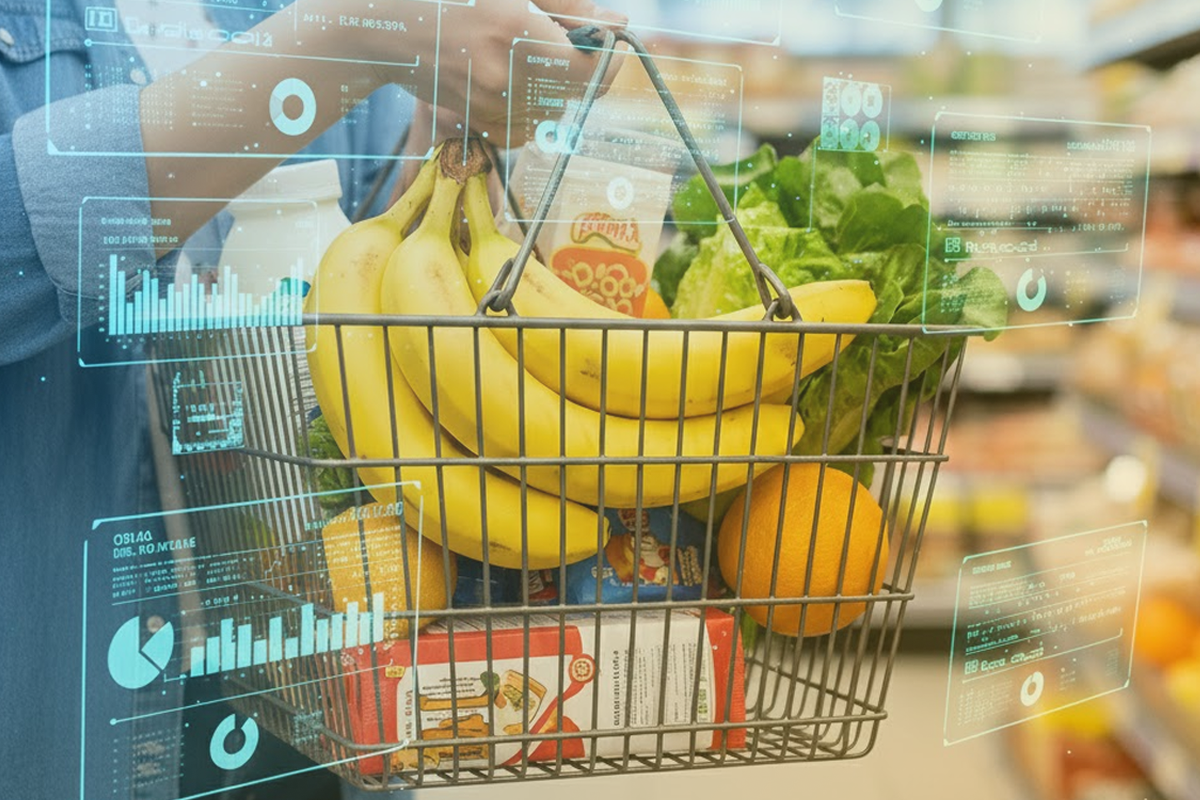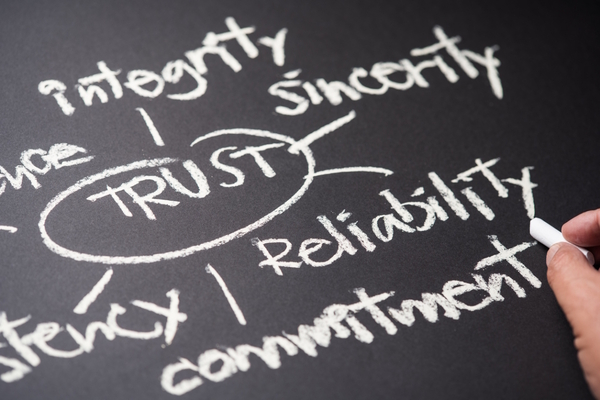Banana ROI: where intelligent marketing automation and AI become a sustained revenue strategy
Sponsored by Shift ParadigmHow AI can drive operational efficiencies for predictive churn, adding value to both the top and bottom line

One of the most unexpected discoveries in retail analytics was how bananas in a shopping cart serve as a powerful predictor of customer value.
The insight seems simple at first: shoppers who buy bananas tend to spend significantly more per trip. But the real intelligence lies deeper – these customers are more likely to eat breakfast regularly, and breakfast eaters typically have families to feed. What appears to be a random fruit purchase actually signals a household’s entire consumption pattern and spending trajectory.
This is the power of connecting subtle signals across seemingly unrelated data points. Just as retailers learned to spot their highest-value customers through banana purchases, today’s businesses must identify their own critical indicators – not who will spend more, but who is about to leave. The same principle that reveals family shoppers through produce choices can expose churn risk through micro-behaviours scattered across your entire customer ecosystem.
AI and machine learning now make it possible to find further “bananas” – the unexpected signals hiding in plain sight that predict customer churn before it happens.
Customer churn is costly, not just in immediate sales, but in expected future revenue those customers would have generated, as well as replacement costs. While some churn is inevitable, it can be an indicator of customer experience flaws and operational inefficiencies that are entirely preventable. Most businesses simply miss the warning signs. They have data showing customer dissatisfaction or intent to leave, but it’s scattered, ignored or not acted on. Without a unified data system, churn remains invisible until it’s too late.
Unified data, AI and machine learning (ML) can change that. By connecting data and spotting subtle behaviour patterns, AI can predict churn earlier and automate smart retention efforts. Once those patterns are identified, and businesses understand the experience that causes the churn, they can deploy high-quality, human touches to keep customers longer. The old way (manual, reactive, gut-based) is outdated; the future is proactive, predictive, data-driven churn prevention.
Leveraging real-time leading indicators
Reactive customer retention is fundamentally flawed and contributes to significant profit loss. Churn is particularly problematic given that acquisition costs are significantly higher than retention costs, a reality compounded by the loss of CLV and referrals, costly retention strategies, higher marketing spend and unnecessary onboarding cycles.
The transition to a profitable, systematic retention strategy deploys data-driven machine learning models to identify real-time churn indicators. The predictive capability is derived from synthesising data across the entire, and often fragmented, tech stack (such as CRM, subscription management, billing and support platforms) to unlock nuanced customer behaviours:
- Engagement and usage patterns: Product usage frequency, feature adoption rates, time-to-value metrics, in-session behaviour, onboarding or training participation, time to complete key tasks, engagement patterns (for example, appointments, messages, emails)
- Transactional data: Contractual status, payment history, purchase cadence, refill/replacement cycles, recent subscription changes, average transaction value
- Support and feedback: Support ticket frequency and severity, qualitative data such as sentiment analysis (NPS) and direct survey feedback, social listening for comments, reviews, or competitor mentions
- Micro-behaviors: Subtle changes in core activities, login frequency, feature usage, in-session duration, search queries, preferred contact method
Collecting and analysing these behaviours would take human data analysts days or weeks to complete, time that could be better spent on other impactful projects. By allowing AI to scrape the data for patterns, strategists and analysts can then use those signals to build and test retention solutions that move the needle for businesses. A unified, multi-source view of the customer transforms raw data into actionable retention intelligence.
Connecting the signals for high-value retention
Intelligent marketing automation offers a scalable method of processing millions of interaction points, analysing shifts in micro-behaviours, and identifying the most predictive churn signals. The core functionality of these models include:
- Risk scoring and prediction to identify signals and proactively flag probable churn
- Signal weighting and prioritisation to identify critical behaviours and high-ROI use cases.
- Next-best-action recommendations to determine optimal intervention methods
By way of marketing automation integrating all of these disparate signals, customer success teams are armed with timely and prioritised alerts.
Turning prediction into action
Predictive modelling asserts a strong foundation, but tangible AI ROI is realised when intelligence is converted to prescriptive action. Successful action requires integration and collaboration between customer success, marketing and product/service offering development teams. Risk scoring fuels strategies such as personalised communications, re-engagement journeys, granular segmentation, proactive customer outreach, incentives, upsell or cross sell opportunities, feature guidance, roadmap adjustments and continuous improvement to the customer experience. Strategic effort should be concentrated where CLV is highest to ensure resources are appropriately focused.
AI’s predictive capability allows businesses to proactively intervene before a customer churns. Fixing churn is not merely damage control, it is an investment in sustained revenue health.
Profitable growth lever
Just as grocery retailers discovered how something as mundane as banana purchases could unlock profound insights about customer value, your business has its own hidden indicators waiting to be discovered. The difference between companies that thrive and those that struggle with retention isn’t the absence of churn signals – it’s the ability to recognise and act on them.
The tools and intelligence to identify your unique predictive patterns are available today. Whether your “bananas” are login frequency drops, support ticket patterns or feature adoption rates, AI-powered marketing automation can connect these dots at scale and in real-time.
By operationalising the continuous feedback loop of prediction and intervention, powered by intelligent marketing automation, businesses can unlock efficiencies and predictive churn foresight. This data-driven, proactive approach transforms retention from a costly recovery operation into a strategic, profitable growth lever.
Now is the time to find your “bananas” – those subtle but powerful signals that reveal which customers need attention before they slip away. Because in the end, the most profitable insight isn’t discovering why customers leave; it is knowing they are about to leave while there’s still time to convince them to stay.
If you have a growth or AI challenge today, reach out to us at shiftparadigm.com/contact

Business Reporter Team
You may also like
Related Articles
Most Viewed
Winston House, 3rd Floor, Units 306-309, 2-4 Dollis Park, London, N3 1HF
23-29 Hendon Lane, London, N3 1RT
020 8349 4363
© 2025, Lyonsdown Limited. Business Reporter® is a registered trademark of Lyonsdown Ltd. VAT registration number: 830519543





